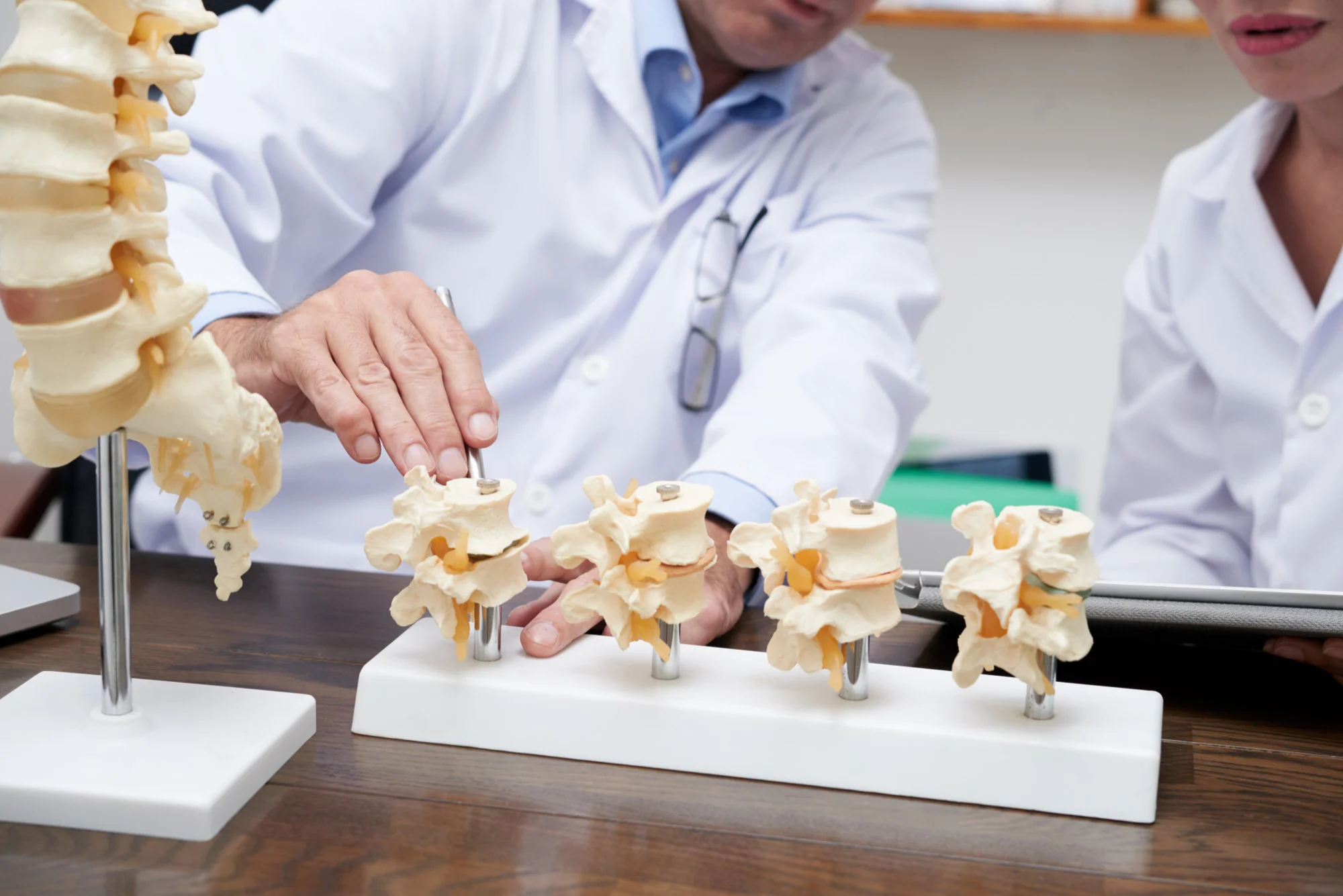In a groundbreaking cadaveric study with significant implications for orthopedic surgery, researchers from the Sri Aurobindo Medical College in Indore, Madhya Pradesh, India, have demarcated a ‘danger zone’ for the radial nerve, promising to reduce the risk of iatrogenic nerve injury during humeral fracture surgery. The findings, published in the Journal of Clinical Orthopaedics and Trauma, promise to usher in a safer era of surgical intervention for the humerus among the Indian population.
The Radial Nerve’s Peril in Orthopedic Surgery
Surgical intervention on the humerus, while being a commonplace orthopedic procedure, carries with it the risk of radial nerve injury. The radial nerve is a critical component of the brachial plexus, responsible for motor and sensory innervation in the arm and hand. Injury to this nerve – which can result in loss of motor function, sensation, or both – is a dire complication well-documented in existing medical literature. Its implications are not only physically debilitating but also psychosocially taxing for patients, further underscoring the importance of this study headed by Dr. Ravi Kant Jain and his colleagues, Dr. Vishal Singh Champawat, and Dr. Pushpvardhan Mandlecha.
Demarcating the Danger Zone
The study involved dissecting the posterior aspect of thirty-six upper limbs from eighteen formalin-preserved cadaver specimens, comprising fourteen males and four females. The radial nerve was systematically exposed from the triangular space to the point where it pierced the lateral intermuscular septum. Multiple precise measurements were taken, aiding in determining a specific ‘danger zone’ which surgeons should be cautious of while operating.
Quantitatively, the findings were revealing: A mean humeral length of 30.96 cm with a standard deviation of 1.23 cm was established. The mean distance from the medial epicondyle to the entry point of the radial nerve into the spiral groove was found to be 18.5 cm, plus or minus 0.79 cm. Additionally, the distance from the lateral epicondyle to where the nerve exits the spiral groove stood at 11.34 cm, with a standard deviation of 0.41 cm. Moreover, the periled spiral groove spanned a mean length of 4.3 cm, plus or minus 0.75 cm.
Implications for Surgical Practice
With a well-defined ‘danger zone,’ surgeons operating on the humerus are now better equipped to identify and protect the radial nerve efficiently. This invaluable anatomical information allows for the optimization of surgical techniques, such as recommending wide incision and blunt dissection practices tailored to minimize radial nerve damage. The real-life significance results from potentially diminished iatrogenic nerve palsy, an adverse outcome that has been highlighted in a volume of orthopedic trauma literature.
The sociodemographic specificity of the study cannot be overstated. Given that anatomical variations can exist among populations, the study is a significant stride towards individualized medicine. It tailors the scientific community’s understanding of the radial nerve’s anatomical precariousness to the Indian populace, a nuance that lends greater precision and cultural competence to surgical practices in the region.
Continuing the Discourse
While the research offers valuable insights, the authors acknowledge that further studies and a broader population size are warranted to refine the ‘danger zone’ parameters and to accommodate individual variations. Nonetheless, efforts such as this illustrate the commitment of the medical community to research-driven practices that promise to better patient outcomes.
Engaging With the Global Community
Publishing this study has contributed crucial data to the global corpus of orthopedic knowledge, inviting practitioners worldwide to reflect upon and potentially recalibrate their surgical approaches based on population-specific anatomical nuances.
Dr. Ravi Kant Jain and his team have provided a trailblazing reference point, drawing attention to the critical need for surgical diligence and anatomical precision. Orthopedic surgeons, in India and beyond, now possess a potent tool to guide their interventions, a testament to the profound influence well-conceived and executed research can exert on patient care.
References
1. Jain, R. K., Champawat, V. S., & Mandlecha, P. (2019). Danger zone of radial nerve in Indian population – A cadaveric study. Journal of Clinical Orthopaedics and Trauma, 10(3), 531-534. https://doi.org/10.1016/j.jcot.2018.02.006
2. Korompilias, A. V., Lykissas, M. G., Kostas-Agnantis, I. P., Vekris, M. D., Soucacos, P. N., & Beris, A. E. (2013). Approach to radial nerve palsy caused by humerus shaft fracture: is primary exploration necessary? Injury, 44(4), 323-326. https://doi.org/10.1016/j.injury.2012.09.024
3. Shao, Y. C., Harwood, P., Grotz, M. R., Limb, D., & Giannoudis, P. V. (2005). Radial nerve palsy associated with fractures of the shaft of the humerus: a systematic review. Journal of Bone Joint Surgery, British Volume, 87(12), 1647-1652. https://doi.org/10.1302/0301-620X.87B12.16702
4. Liu, G. Y., Zhang, C. Y., Wu, H. W. (2012). Comparison of initial nonoperative and operative management of radial nerve palsy associated with acute humeral shaft fractures. Orthopedics, 35(8), 702-708. https://doi.org/10.3928/01477447-20120725-20
5. Wang, J. P., Shen, W. J., Chen, W. M., Huang, C. K., Shen, Y. S., & Chen, T. H. (2009). Iatrogenic radial nerve palsy after operative management of humeral shaft fractures. Journal of Trauma, 66(3), 800-803. https://doi.org/10.1097/TA.0b013e31817de8d4
Keywords
1. Radial nerve injury prevention
2. Humerus fracture surgery safety
3. Orthopedic surgery in Indian population
4. Cadaveric study radial nerve
5. Safe zone radial nerve India
Exploring the intricate relationship between surgical practices and anatomical precision, the study by Dr. Ravi Kant Jain and his colleagues offers hope and a higher standard of care for those undergoing humerus-related surgeries. As orthopedic surgeries continue to benefit from such focused and meticulous research, patients can look forward to outcomes aligned with the best practices engendered by such forward-thinking studies.
